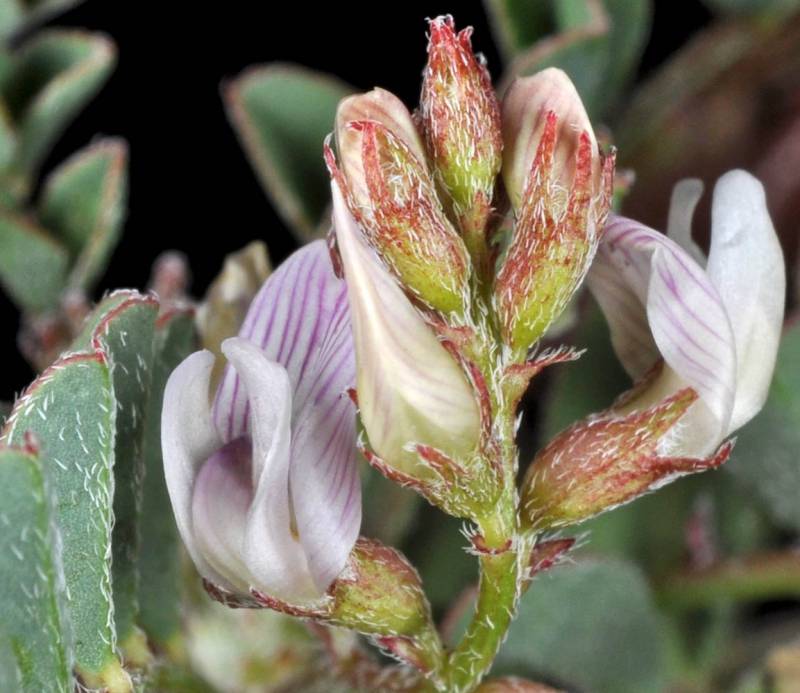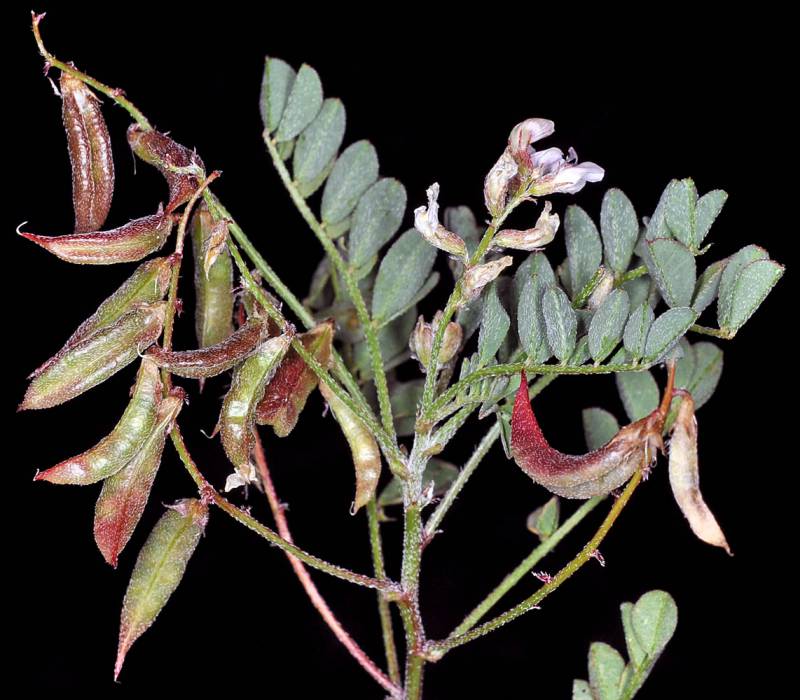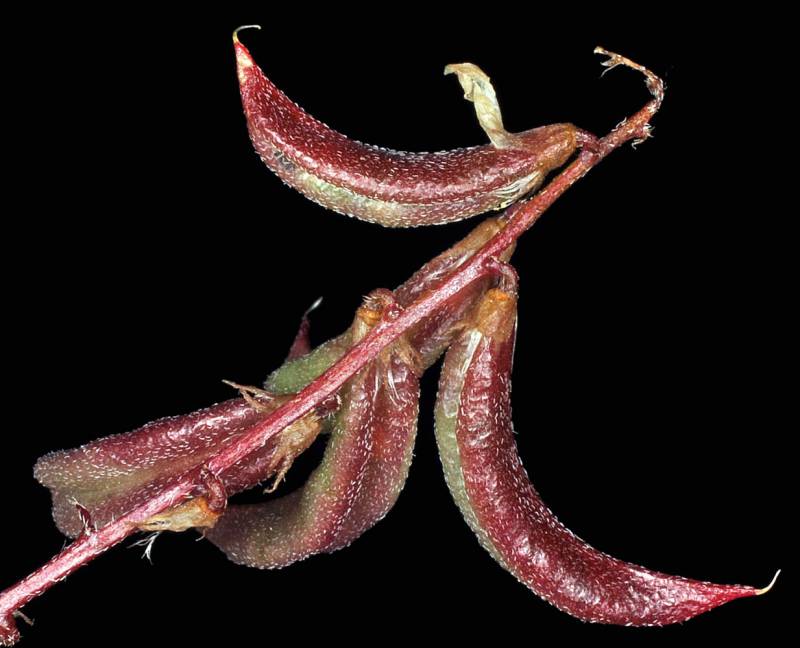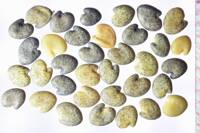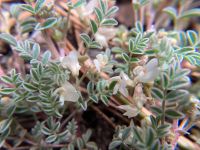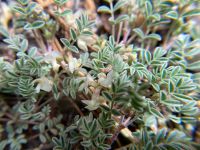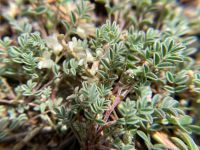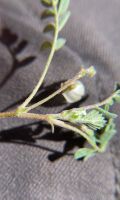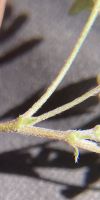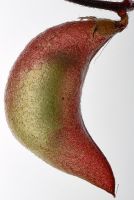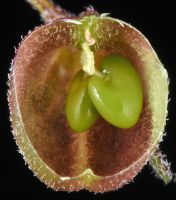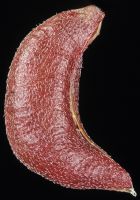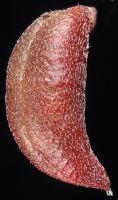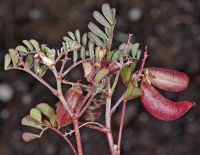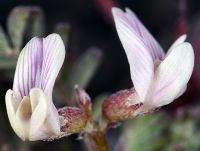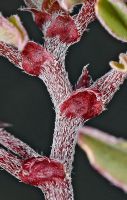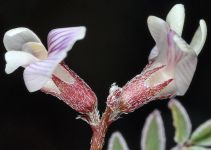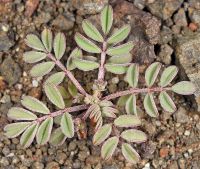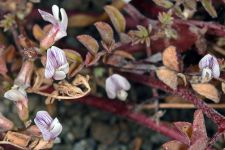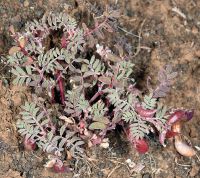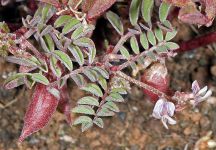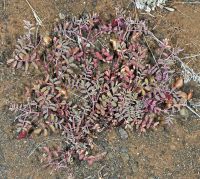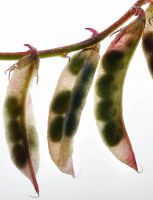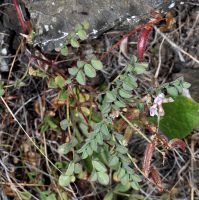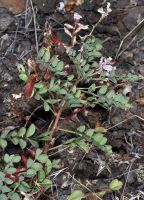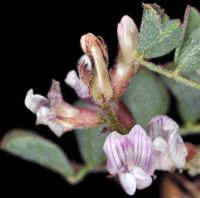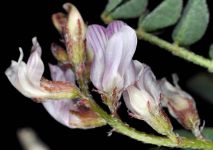Distribution: Known historically from Klickitat County in Washington, but now thought to be extirpated; Klickitat County, Washington to Wheeler and Grant counties in Oregon.
Habitat: Gravel bars, alluvial slopes, and in thin gravelly soil overlying basaltic rock.
Flowers: May-June
Origin: Native
Growth Duration: Annual, Biennial
Conservation Status: Presumed extirpated in Washington (WANHP)
Pollination: Bumblebees, bees, butterflies
Prostrate annual or biennial from a stout taproot, nearly glabrous, the stems numerous, 1-4 dm. long.
Leaves alternate, pinnate, 2-4 cm. long; stipules 1-2 mm. long, not connate; leaflets 9-13, obovate, 4-12 mm. long.
Inflorescence of 5- to 20-flowered compact racemes; peduncles about equaling the leaves; flowers 4-8 mm. long, mostly white, but the banner purplish-veined and the keel purplish-tipped; calyx 2-3 mm. long, the 5 teeth purplish, linear, shorter than the tube.
Pods sessile, linear-oblong in outline, strongly curved, membranous, 1.5-2 cm. long and 3-4 mm thick, cordate and 2-celled in cross section due to the complete intrusion of the lower suture.
Publication: Fl. Bor.-Amer. 1(3): 151. 1831.
Astragalus diaphanus Douglas var. diurnus (S. Watson) Barneby ex M. Peck
PNW Herbaria: Specimen records of Astragalus diaphanus in the Consortium of Pacific Northwest Herbaria database
WA Flora Checklist: Astragalus diaphanus checklist entry
OregonFlora: Astragalus diaphanus information
E-Flora BC: Astragalus diaphanus atlas page
CalPhotos: Astragalus diaphanus photos

